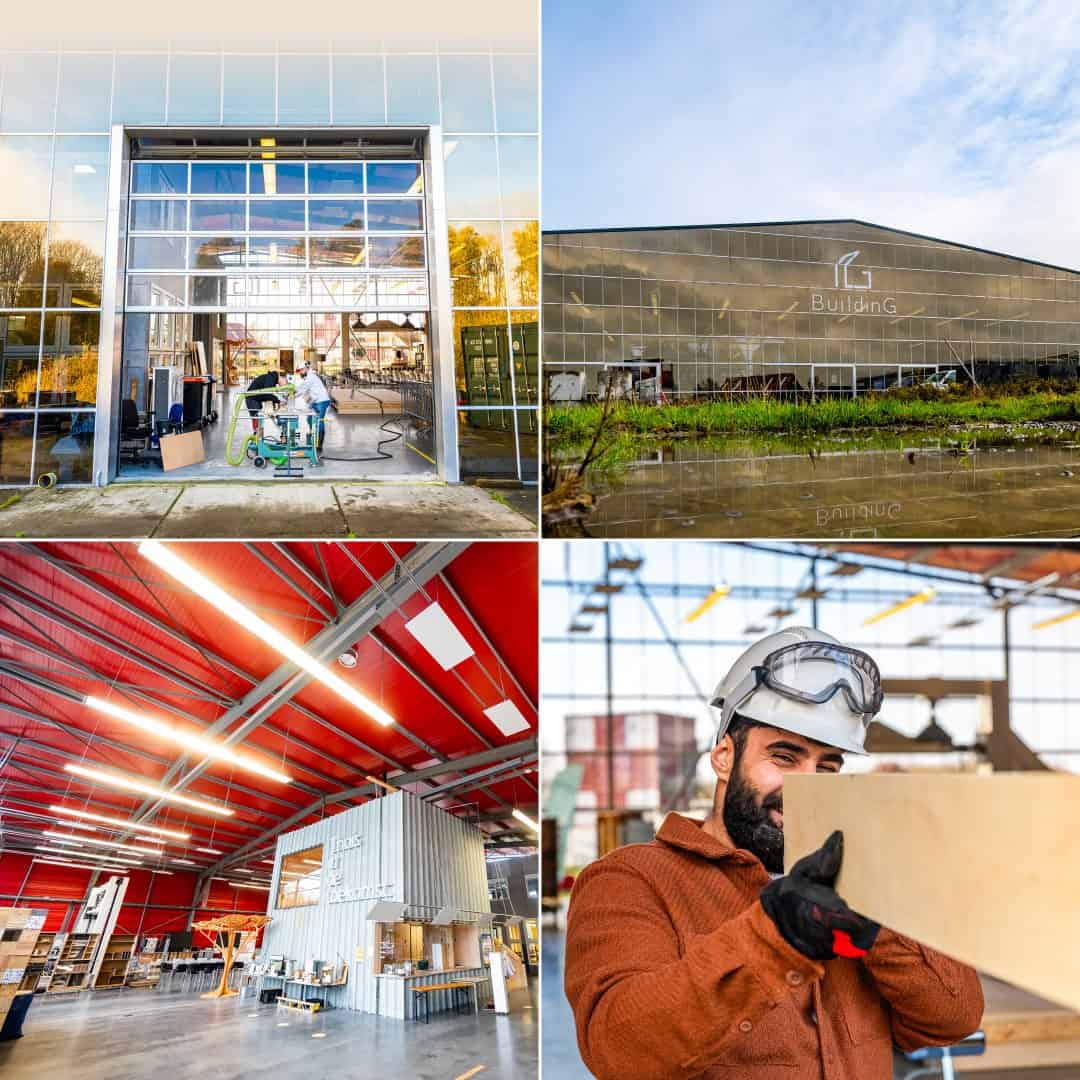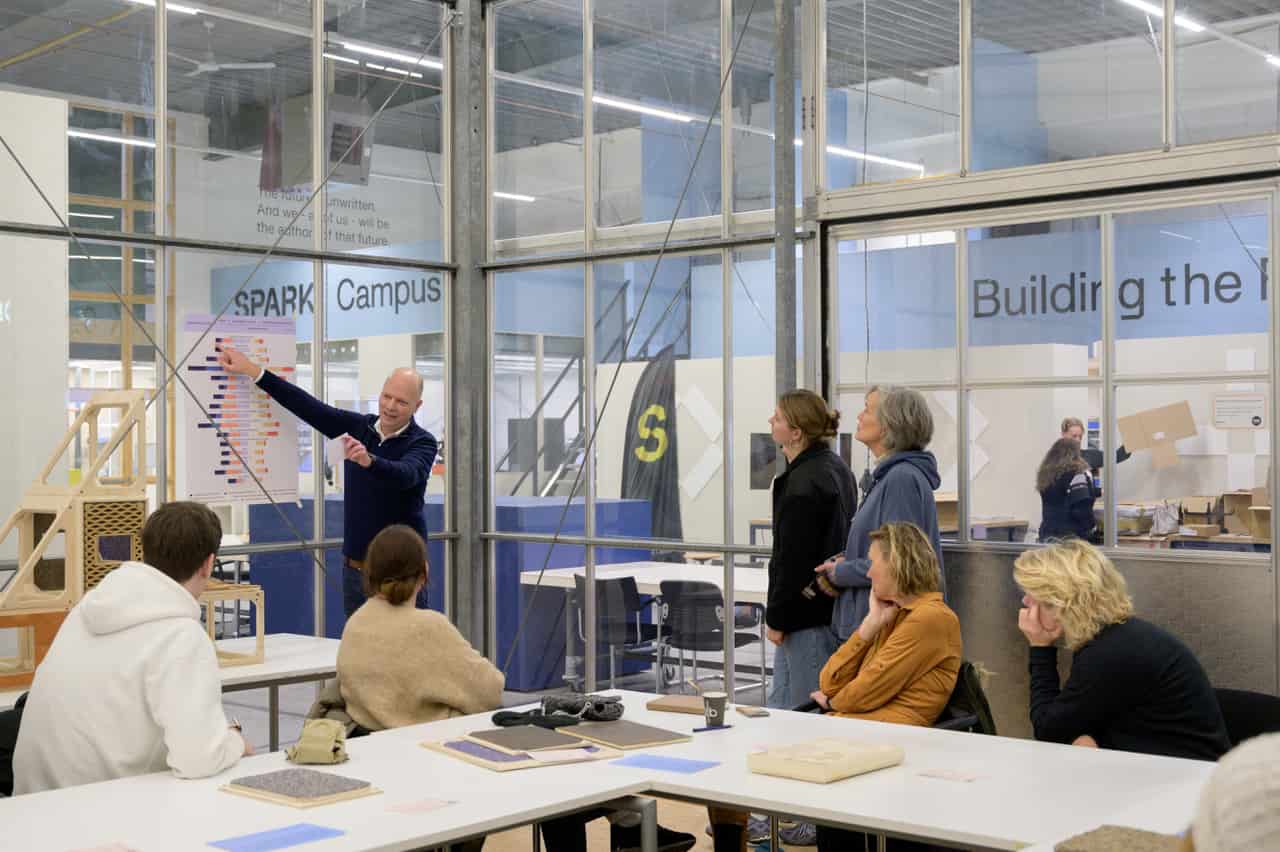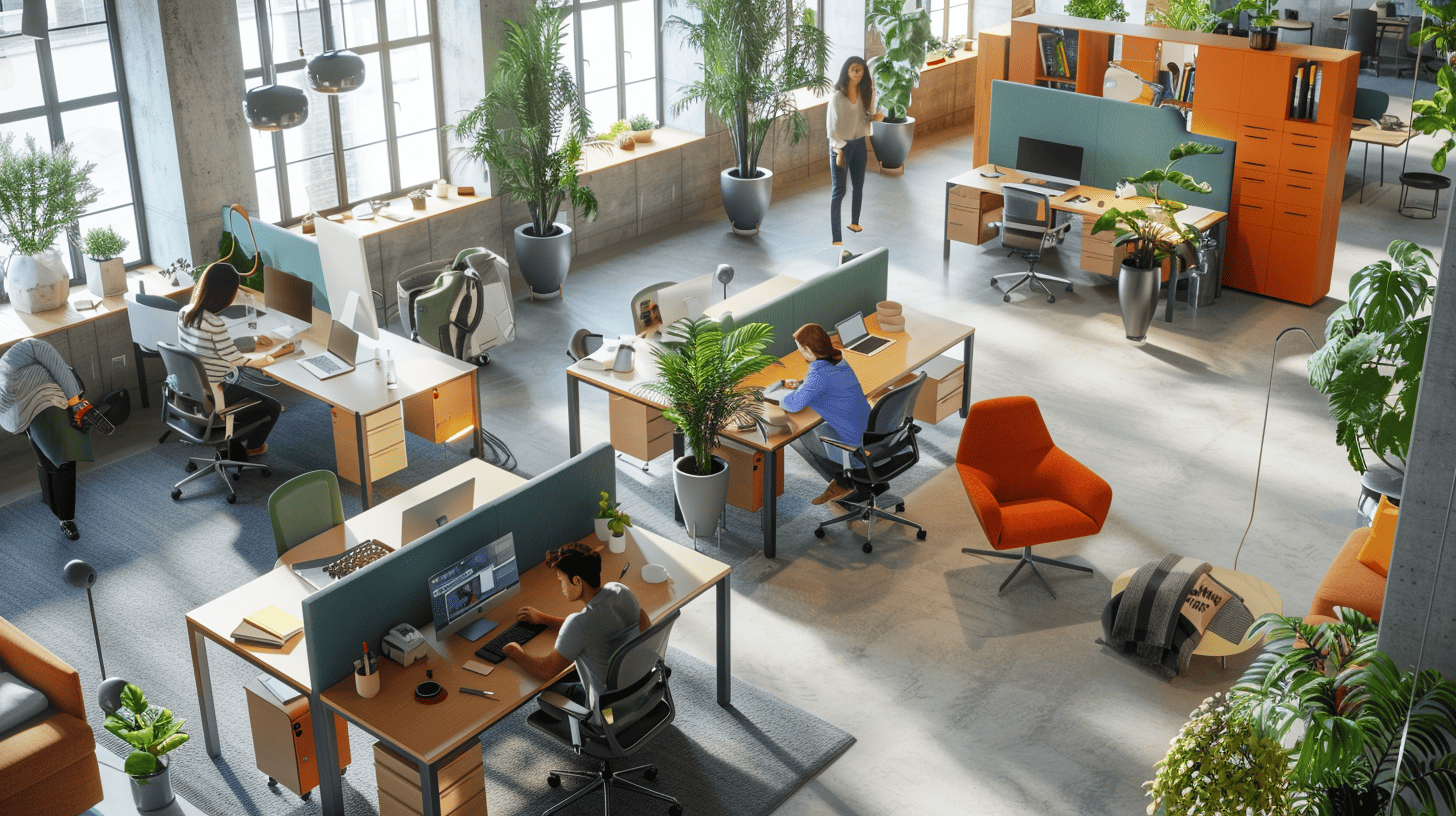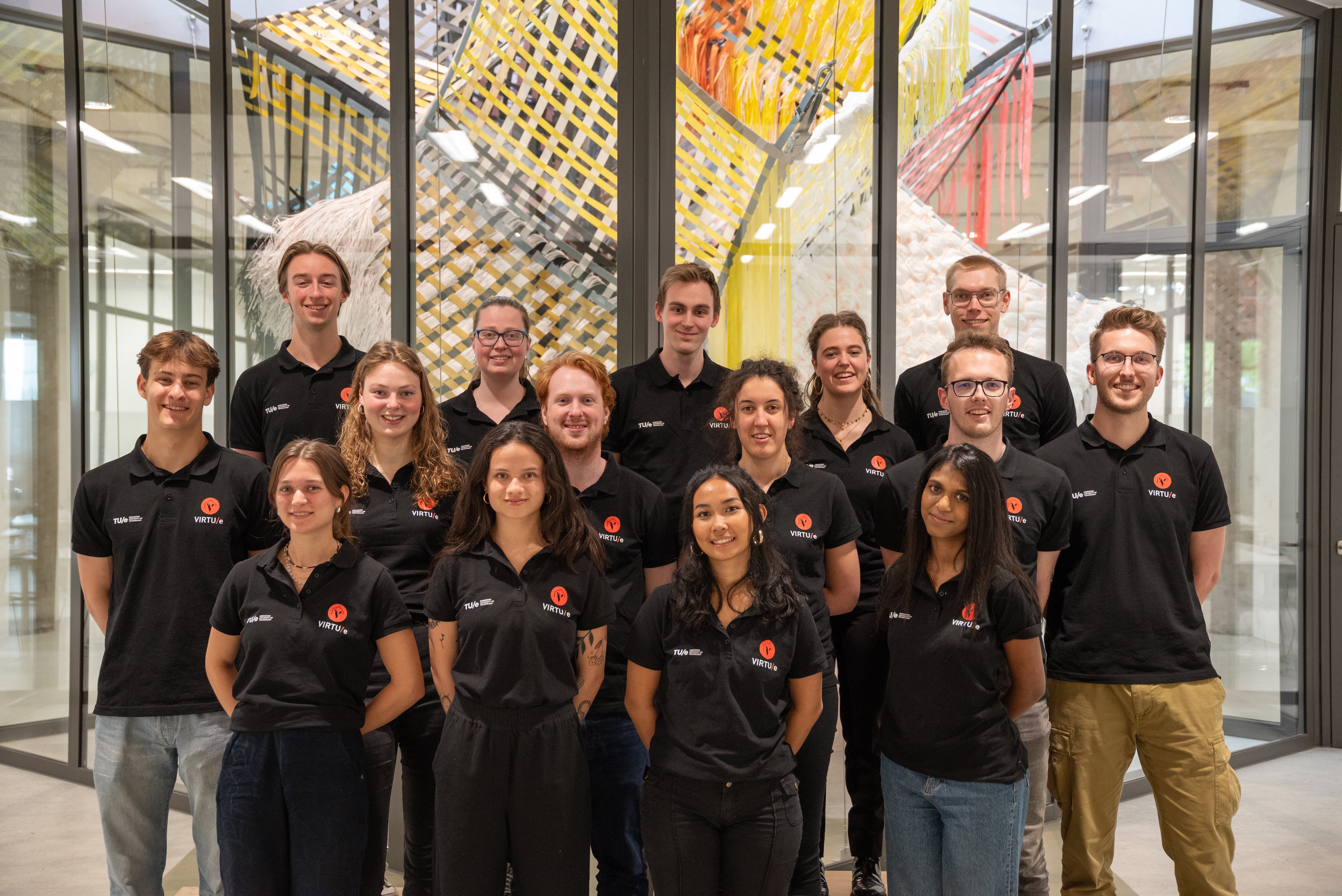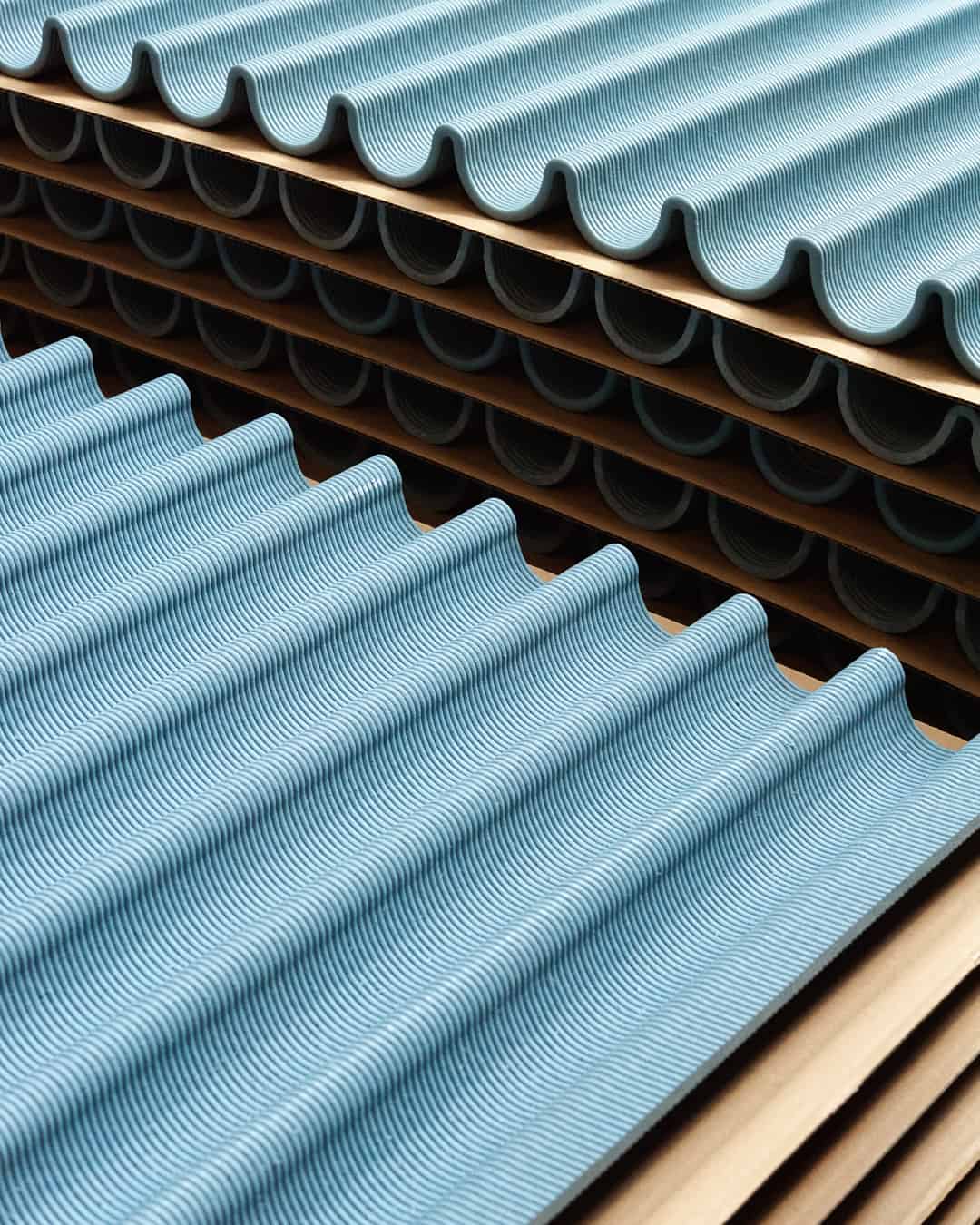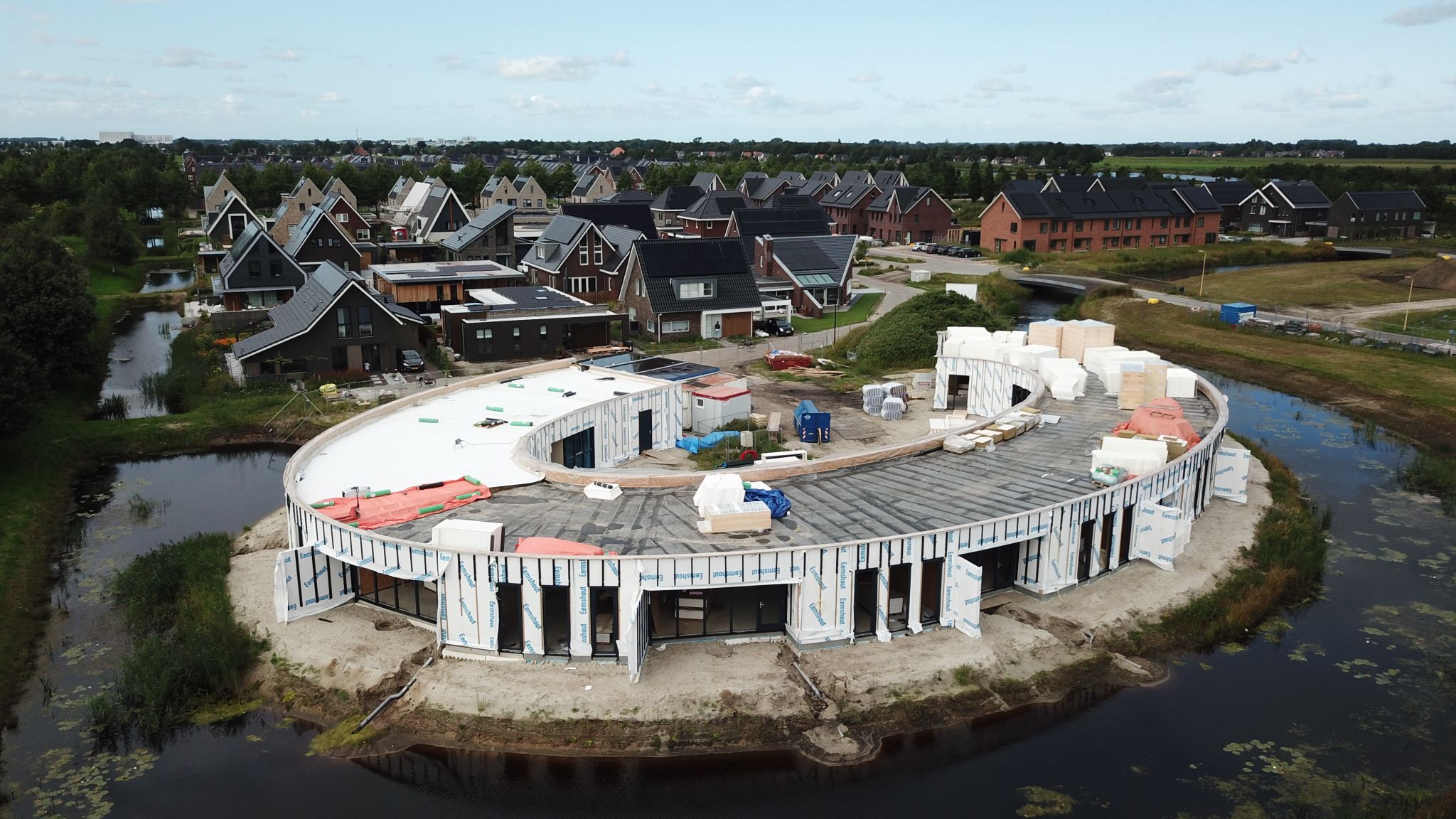
The housing sector is slowly but surely becoming more sustainable. Circular materials such as wood are increasingly being chosen for the construction of houses. Eemshout Prefab in Groningen produces prefab wooden building elements, such as roofs, facades, floors and walls. The rising housing shortage and the discussion on nitrogen caused the company to undergo a growth spurt in recent years. “Our portfolio has never been so well-stocked. It’s great to see that sustainable solutions are becoming increasingly popular in housing construction,” says director Pieter de Boer.
Innovative and Sustainable SME Groningen
Often entrepreneurs from small and medium-sized enterprises (SMEs) have their hands full with matters surrounding the start-up and expansion of their business. They have very little time and capacity to figure out how to become more sustainable or to innovate. Entrepreneurs in Groningen are supported in this process through the provincial Innovative and Sustainable SME Groningen subsidy scheme. The company Eemshout Prefab B.V. has received a grant for the investment in a wood processing system. The use of a machine that saws according to 3D drawings makes building with wood a lot more efficient.
The housing crisis: it is a problem which has plagued the Netherlands for some time now. But for a company like Eemshout, the future is looking bright, thanks in part to the crisis. A restart was made in 2013 after a bankruptcy. Now the company’s 53 employees are working hard every day to meet the demands of the market. “We can hardly keep up with the demand,” says de Boer. “Where in 2019, we already had to deal with 125 projects per year, there are 212 now. The municipality of Groningen, for example, is working on various projects relating to sustainable living. It’s nice to see that the construction sector is becoming more sustainable this way.” In the north of the Netherlands, the company mainly supplies earthquake-proof homes. While In the west of the country, mainly roof structures for luxury villas are needed.

Prefab and the reduction of CO₂ emissions
Eemshout is helping to make house construction more sustainable in a number of ways. When houses are built, a lot of CO₂ and nitrogen is released during the delivery and removal of the building materials. Working with prefabricated structures partially solves that problem. “Because we assemble the entire timber frame of the houses at the workshop and then transport a truck full of them, you cut down on emissions considerably,” says De Boer. “So the emissions at the construction site – which are sometimes also located near nature reserves – are zero.”
Wood as a circular material
On top of that, the company only uses wood as a building material. “It is a light material that insulates extremely well and also absorbs CO₂ from the air,” explains De Boer. In addition to timber construction, De Boer sees that other components and products fused in housing construction are also becoming more and more sustainable. “There are plenty of developments underway. Until now, for example, a lot of glass wool was used to insulate roofs, but nowadays you see that hemp or straw is also used increasingly often.” Price-wise, this is more expensive, but this is bound to change if developments keep moving in the right direction. “If we produce these kinds of products in large quantities more and more often, the price will go down by itself,” says De Boer.
Innovative sawing machine

In order to meet the huge market demand, the company recently purchased a new woodworking machine. De Boer explains how it works. “Instructions for the machine are generated directly from a 3D drawing program. The machine recognizes the data files and automatically generates the operations that this requires. By automating this process, the chance of errors occurring is much smaller and the lead time is also shortened. We used to outsource a lot of sawing work, which meant that we had to count on a delivery time of four weeks before we could start production. Consequently, we are now saving a lot of time. It will be possible to increase production in the future. So we are extremely happy with the machine.”
100,000 houses
Tackling the housing crisis is a priority for the new Dutch cabinet in the coming years. The construction of new homes will be accelerated to 100,000 homes per year. So, there is work to be done, also for Eemshout. De Boer: “It will be quite a chore, for us too, to meet the demand. Fortunately, we can take advantage of our new sawing machine.”
Future plans
In addition to ramping up production, Eemshout has even more on its agenda. The company is in the process of setting up a project around the reuse of wood waste. “The waste then goes back to the factory in Spa, Belgium. There it is then turned into a new product, such as particle board, for example. There’s still some thought that needs to go into it before it gets to that point. We have to think about how to transport the wood – is it best to do that by water or by road? We obviously need to take emissions into account in doing that.”
Read more stories about innovation in Groningen here.



